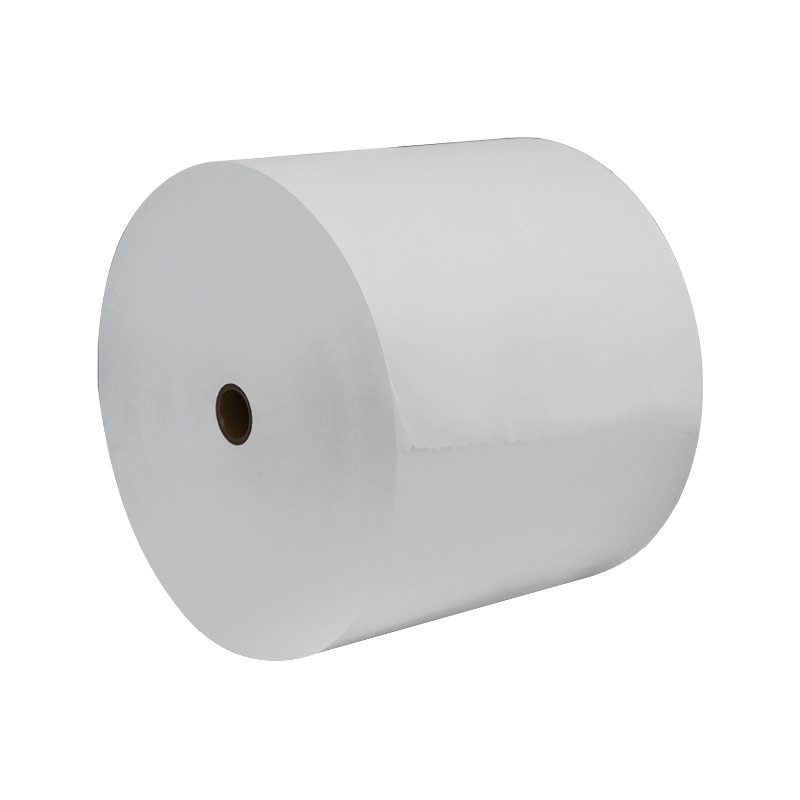In an era where sustainability is no longer a trend but a necessity, the materials we choose for textile and industrial applications are under increasing scrutiny. One such material that has been making waves in recent years is Paper Yarn Base Paper. Though it may sound like a niche product, its applications span a surprising array of industries, from eco-friendly fashion to high-performance composites.
This article will explore the growing interest in paper yarn base paper, answer common questions about its production and properties, and examine why this innovative material is carving out a place in the future of sustainable design.
Paper yarn base paper refers to the foundational sheet material used in the production of paper yarn, a specialized yarn made from twisted or spun strips of paper. The base paper used for this yarn must meet specific mechanical, structural, and chemical standards to be suitable for the twisting and weaving processes involved in yarn making.
Unlike ordinary writing or packaging paper, base paper for yarn is engineered for strength, flexibility, uniform thickness, and resistance to breakage. It often undergoes chemical treatments or lamination to enhance durability and water resistance.
Paper yarn production involves multiple steps:
Slitting: The base paper is first slit into narrow strips.
Twisting: These strips are twisted into yarn-like filaments using specialized machinery.
Reinforcement: Sometimes, natural or synthetic fibers are blended in for additional strength.
Winding and Finishing: The yarn is wound into bobbins or cones, ready for textile weaving, knitting, or other uses.
Paper yarn derived from high-quality base paper can be surprisingly strong and versatile, suitable for everything from upholstery and home décor to garments and accessories.
Several characteristics distinguish paper yarn base paper from other types of paper:
| Feature | Description |
| High Tensile Strength | Allows the paper strips to be twisted into yarn without tearing. |
| Uniform Thickness | Ensures consistent yarn diameter during twisting. |
| Flexible Yet Durable | Maintains pliability while resisting tearing under tension. |
| Eco-Friendly Composition | Often made from renewable resources or recycled paper. |
| Customizable Surface | Can be treated for water resistance, UV protection, or dye absorption. |
These properties make paper yarn base paper an ideal material for manufacturers aiming to create innovative, sustainable products.
Paper yarn base paper finds its way into several industries, thanks to its versatility:
Textiles: Used to produce woven or knitted fabrics for clothing, bags, footwear, and accessories.
Home Decor: Common in items like lampshades, wallpaper, rugs, and storage baskets.
Industrial Use: Sometimes used in non-woven fabrics for automotive interiors, filtration, or insulation.
Packaging and Design: In artistic packaging or high-end branding solutions.
Its unique tactile feel, combined with its eco-friendly profile, appeals especially to consumers and designers looking for sustainable yet stylish alternatives.
There are several key drivers behind the rising popularity of paper yarn base paper:
As the fashion and home textile industries search for alternatives to synthetic fibers, paper yarn presents a low-impact option. Base paper is often biodegradable and recyclable, with a lower carbon footprint compared to plastic-based materials.
The raw, earthy look of paper yarn appeals to modern design sensibilities that favor simplicity, authenticity, and natural materials.
Advancements in paper engineering mean that today’s paper yarn base paper can compete with conventional materials in terms of strength and longevity, even in demanding environments.
Because paper is naturally lightweight, yarns and textiles made from paper yarn offer advantages in applications where reducing weight is essential—such as travel goods or aerospace textiles.

While promising, paper yarn base paper is not without limitations:
Moisture Sensitivity: Unless treated, paper yarn can degrade in humid or wet conditions.
Flammability: Like all cellulose-based products, untreated paper yarn is flammable.
Production Complexity: Requires precise machinery and controlled conditions during twisting and weaving.
Cost: May be more expensive than mass-produced synthetic fibers.
Manufacturers and developers must balance these challenges against the benefits and carefully choose suitable applications.
Paper yarn base paper contributes to a more circular textile economy in several ways:
Recyclability: Base paper can be made from post-consumer or industrial paper waste.
Biodegradability: After its useful life, many paper yarn products can safely decompose without harming the environment.
Renewable Raw Materials: Unlike petroleum-based synthetics, paper comes from trees and other renewable plant sources.
These features make paper yarn base paper a compelling option for brands pursuing zero-waste or carbon-neutral goals.
The outlook for paper yarn base paper is promising. As demand for green materials continues to grow, we can expect:
Increased R&D Investment: To improve water resistance, durability, and colorfastness.
Expanded Product Lines: Including paper yarn denim, upholstery, outdoor wear, and smart textiles.
Partnerships: Between paper mills, textile engineers, and eco-conscious brands.
Major textile fairs and exhibitions have already begun showcasing paper yarn-based innovations, signaling that this is more than just a passing fad.
Paper yarn base paper represents a fascinating intersection of traditional materials and modern innovation. As industries and consumers alike push toward greener alternatives, the humble sheet of base paper—when transformed into yarn—has the potential to revolutionize sectors ranging from fashion to industrial design.
Whether you're a textile manufacturer, designer, or eco-conscious consumer, paper yarn base paper offers a glimpse into a more sustainable and creatively exciting future.